
“The biggest mistake brands make in social is treating it as a broadcast medium.”
Unmisha Bhatt and her partner have grown the company they founded twelve-and-a-half years go into a global digital marketing agency powerhouse. Unmisha leads strategy on all client brands as well as enabling new markets and global expansion. She is also the founder and principal consultant of UBA Worldwide, the only marketing trade association that brings together the full ecosystem of marketers, martech and media companies working collaboratively to architect the future of marketing.
Unmisha took ADFEST inside her professional world providing insights into the elements that make or break a digital agency, from start to global expansion.
ADFEST: I am guessing that Tonic's co-founders are husband and wife? How and why did you come to launch the digital agency?
Unmisha Bhatt: Tonic Worldwide was founded with a vision to create a truly digital-first agency that understood human behaviour beyond just the platforms. We saw a gap in the market. Many agencies were treating digital as just another medium rather than understanding how fundamentally it had changed consumer behaviour and brand relationships.
Digital gives us unprecedented insight into human behaviour, and we wanted to build an agency that could translate those insights into meaningful brand connections. The name, Tonic, itself reflects our mission to be that refreshing element that rejuvenates brand stories in the digital space.
ADFEST: What do you think it takes to create and build an agency?
Unmisha Bhatt: Building an agency that stands the test of time requires three foundational elements. First, a clear point of view - not just what you do, but why and how you do it differently. For us, it's been our gender-agnostic, talent-focused approach and our commitment to understanding people deeply. This is supported with our AI and HI driven research arm, Gipsi, that uncovers data driven actionable insights.
Second, resilience - this industry is constantly evolving, and the ability to adapt while staying true to your core values is essential. The digital landscape shifts daily, and agencies that succeed are those willing to reinvent themselves without losing their essence.
Third, and perhaps most important, is cultivating the right talent ecosystem. At Tonic, we've built an environment where talent thrives, learns, and feels both challenged and safe. We're over 60% women, with three out of four leadership positions held by women - not by design of gender, but by design of talent. Creating that meritocratic culture has been fundamental to our growth and the quality of our work.
Building an agency isn't about rapid scaling or flashy client wins - it's about creating a sustainable organisation that consistently delivers value while nurturing its people.
ADFEST: Social is a difficult nut to crack. What do you think are the mistakes people make in social advertising? What are the keys to a great social campaign?
Unmisha Bhatt: The biggest mistake brands make in social is treating it as a broadcast medium rather than a behavioural one. Social isn't just another channel to push messages, it's a complex ecosystem where people connect, share, and form communities. When brands approach it with a traditional advertising mindset, they miss the fundamental human behaviours driving these platforms.
Another common mistake is chasing vanity metrics instead of meaningful engagement. Likes and followers matter far less than creating content that genuinely resonates and drives conversations.
The keys to successful social campaigns? First, understanding the specific role social plays in your consumers' lives. Are they seeking entertainment, information, connection, or status? This varies dramatically by platform and audience segment.
Second, authenticity is non-negotiable. Today's consumers can spot manufactured brand personas instantly. The most successful social content feels native to the platform and authentic to both the brand and audience.
Third, consistency with flexibility. Great social brands maintain a consistent voice while being agile enough to participate in relevant conversations as they emerge.
Finally, the willingness to take calculated risks. The social campaigns that break through are often those that challenge conventions or try something unexpected. But these risks must be grounded in deep audience understanding - that's the difference between a viral moment and a brand misstep.
ADFEST: What do you see as the most important elements for a successful digital campaign?
Unmisha Bhatt: A truly successful digital campaign requires several interconnected elements. At its foundation must be genuine audience insight - not just demographics, but a deep understanding of motivations, behaviours, and digital habits. Digital gives us unprecedented access to these insights, and the strongest campaigns leverage this understanding rather than relying on assumptions.
Second is strategic integration. The most effective digital campaigns don't exist in isolation - they connect seamlessly across touchpoints and with broader brand narratives. We're past the era where 'digital' is a separate consideration; it must be woven into the entire brand experience.
Third is balancing creativity with functionality. Digital campaigns need to captivate attention, but they also need to work flawlessly across devices and user journeys. The most brilliant concept fails if the experience frustrates users.
Fourth is data-informed agility. The best digital campaigns evolve based on real-time performance, with teams ready to optimize or pivot quickly based on audience response.
Finally, objective driven measurement. Successful campaigns define clear objectives upfront and measure against meaningful metrics, not just easy wins. At Tonic, we've moved clients beyond vanity metrics to focus on indicators that truly impact brand and business growth.
ADFEST: How do you see the relationship between strategy and creative?
Unmisha Bhatt: Strategy and creative are like two sides of the same coin - inseparable and equally valuable. Strategy without creative execution remains abstract theory; creative without strategic foundation becomes directionless entertainment.
The relationship works best when it's symbiotic rather than sequential. The traditional model where strategy creates a brief and “hands it off” to creative doesn't reflect how breakthrough ideas actually emerge. Instead, we foster environments where strategists and creatives collaborate from day one, challenging and inspiring each other. In fact, we have redefined roles as Creative Strategists in Tonic
The magic happens in the overlap. Some of our best work has come from strategists suggesting unexpected creative approaches or creatives uncovering profound strategic insights. By removing the rigid boundaries between these disciplines, we've found we deliver work that's both strategically sound and creatively distinctive.
This collaborative approach is especially crucial in digital, where the pace of change means rigid processes often can't keep up with opportunities. When strategy and creative work as partners rather than in assembly-line fashion, the result is work that's both innovative and effective.
ADFEST: What are you most proud of in your career so far?
Unmisha Bhatt: What I'm most proud of isn't a specific campaign or client win, but building an organisation where talent truly thrives regardless of gender or background. Creating an environment where three out of four leadership positions are held by women - not through quotas but through a genuine focus on ability - represents the change I want to see in our industry.
I'm particularly proud of our mentorship approach. Our “Each one mentor one” policy has helped young executives, especially women, grow into confident leaders. Seeing someone I've mentored go from hesitant to boldly presenting their ideas and now successfully growing tonic as their own, brings me immense satisfaction.
On a personal level, I'm proud of staying true to the values my mother instilled in me. She ran a beauty salon in the ‘80s when it was considered taboo, essentially becoming an entrepreneur when women weren't expected to build businesses. Her courage taught me to question conventions and stand up when being judged on gender rather than ability.
Ultimately, I'm proud that I've helped create spaces where talent rises above bias, where creativity flourishes without artificial constraints, and where the next generation of leaders can develop without the barriers that previous generations faced. The campaigns will come and go, but building this kind of culture creates lasting impact.
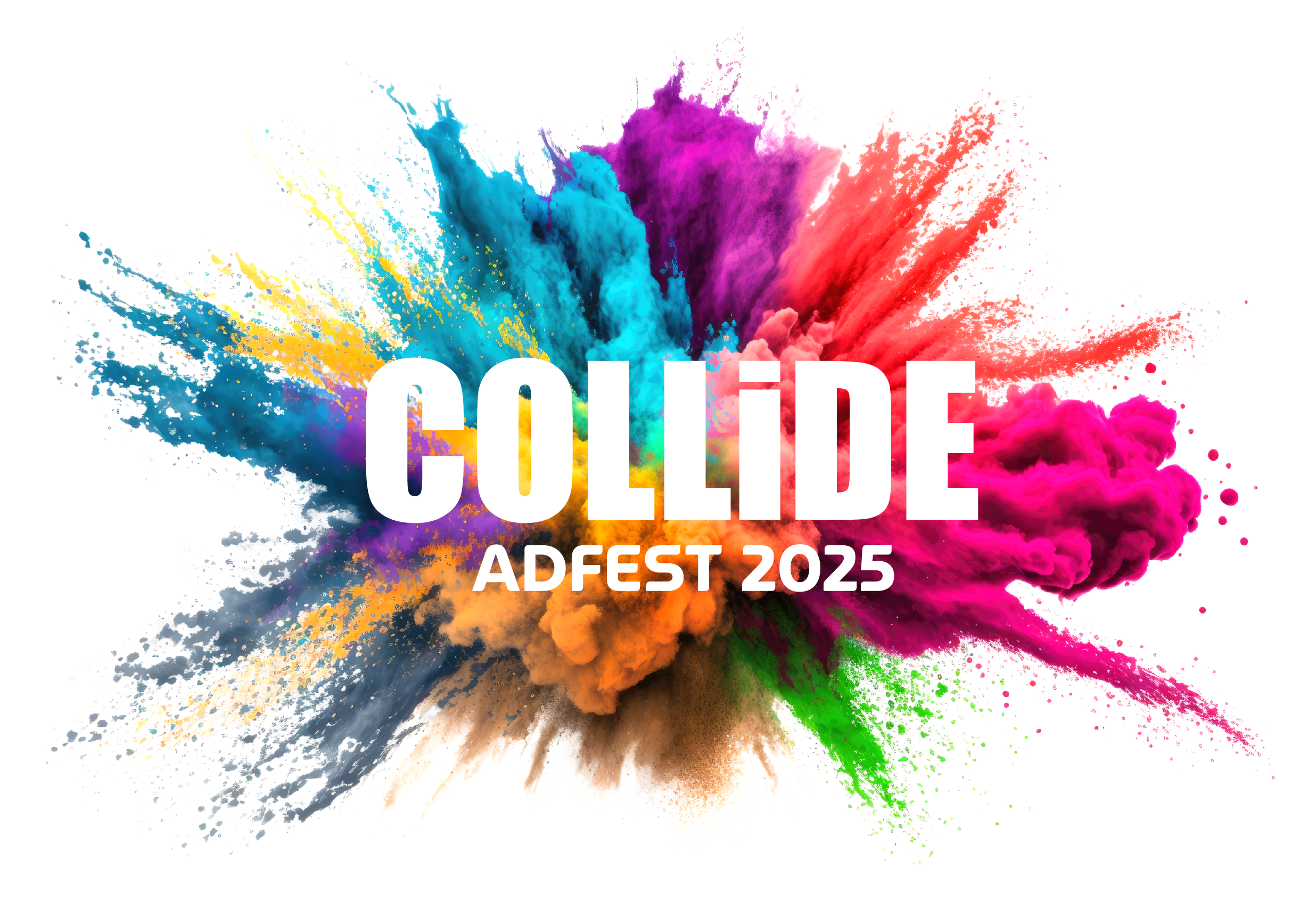





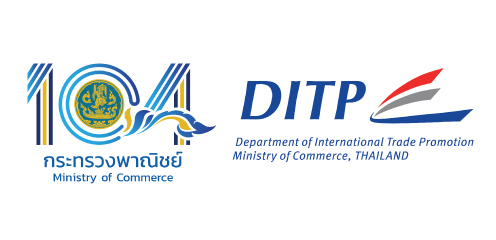
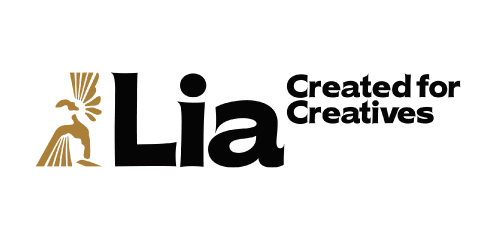



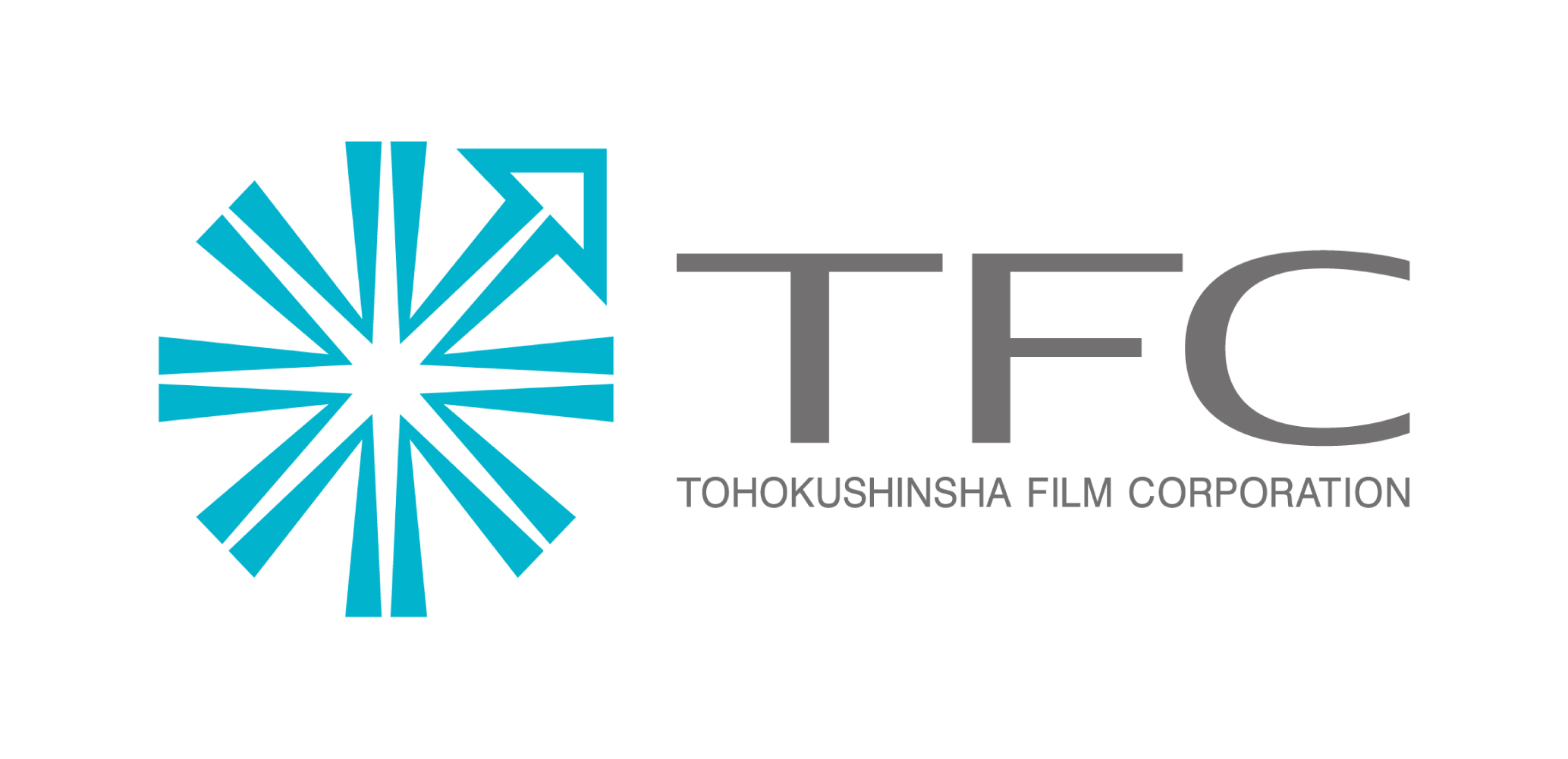
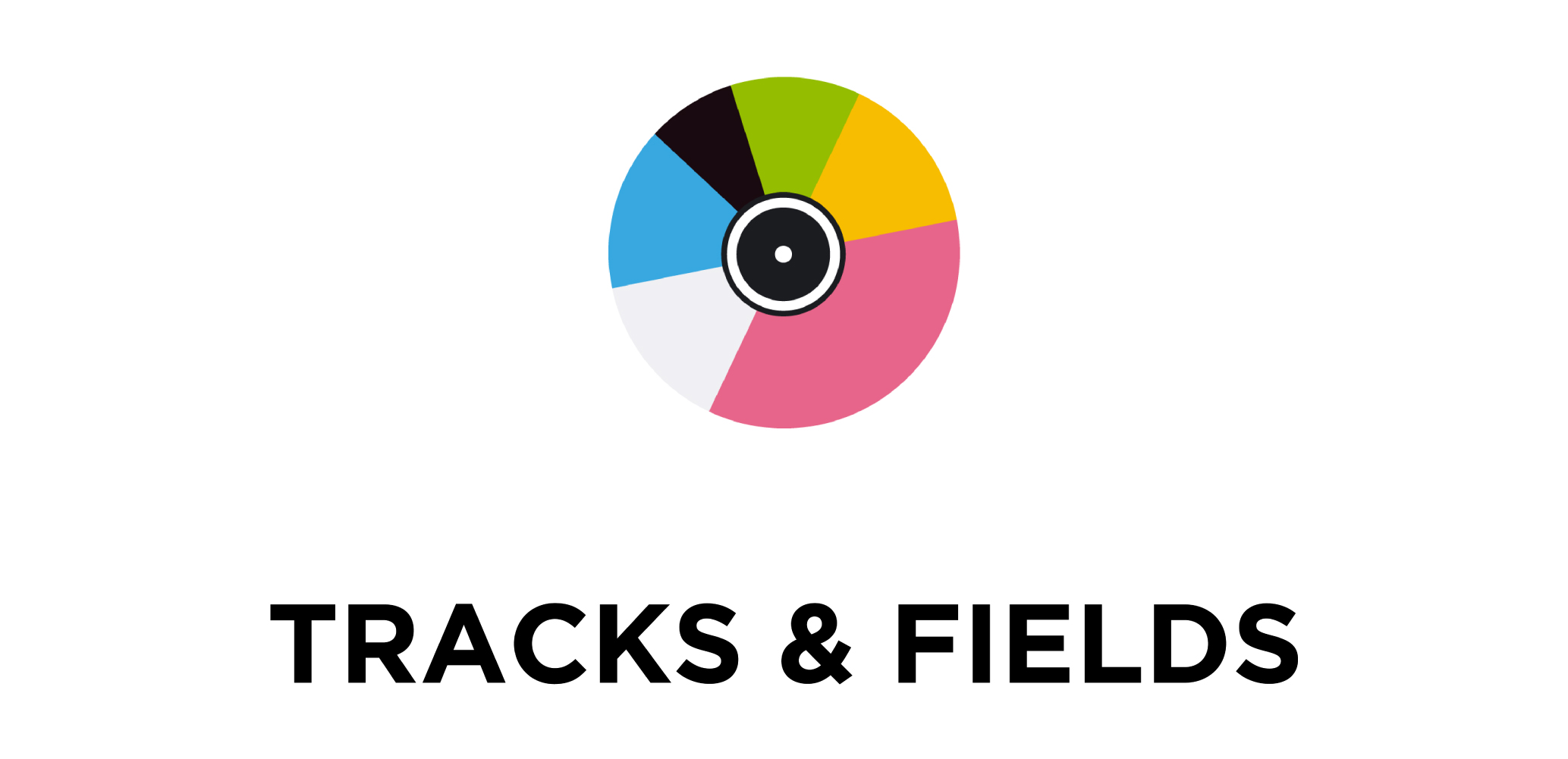
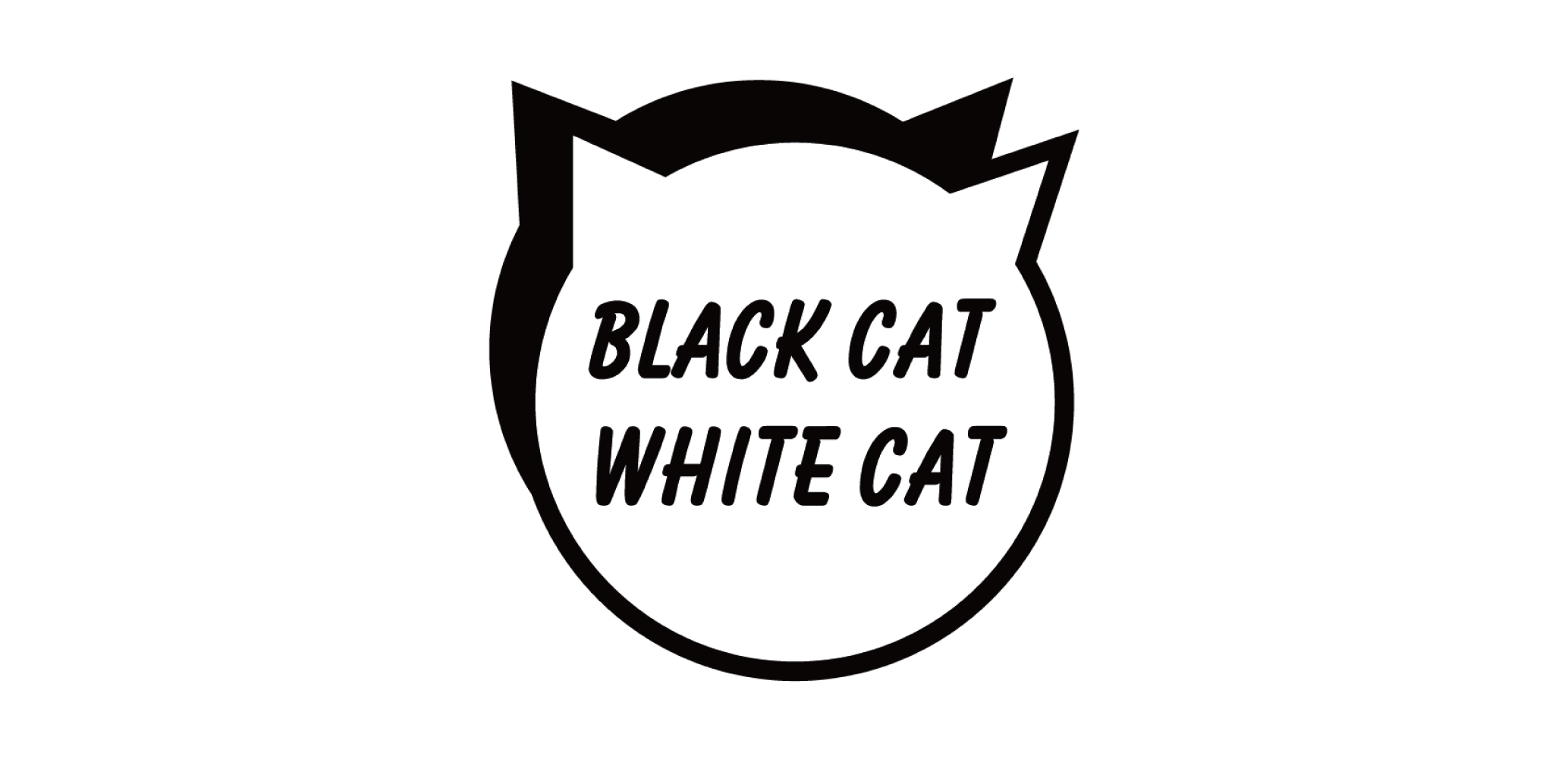



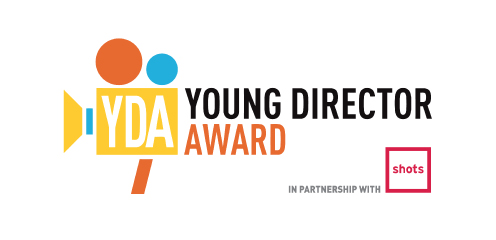


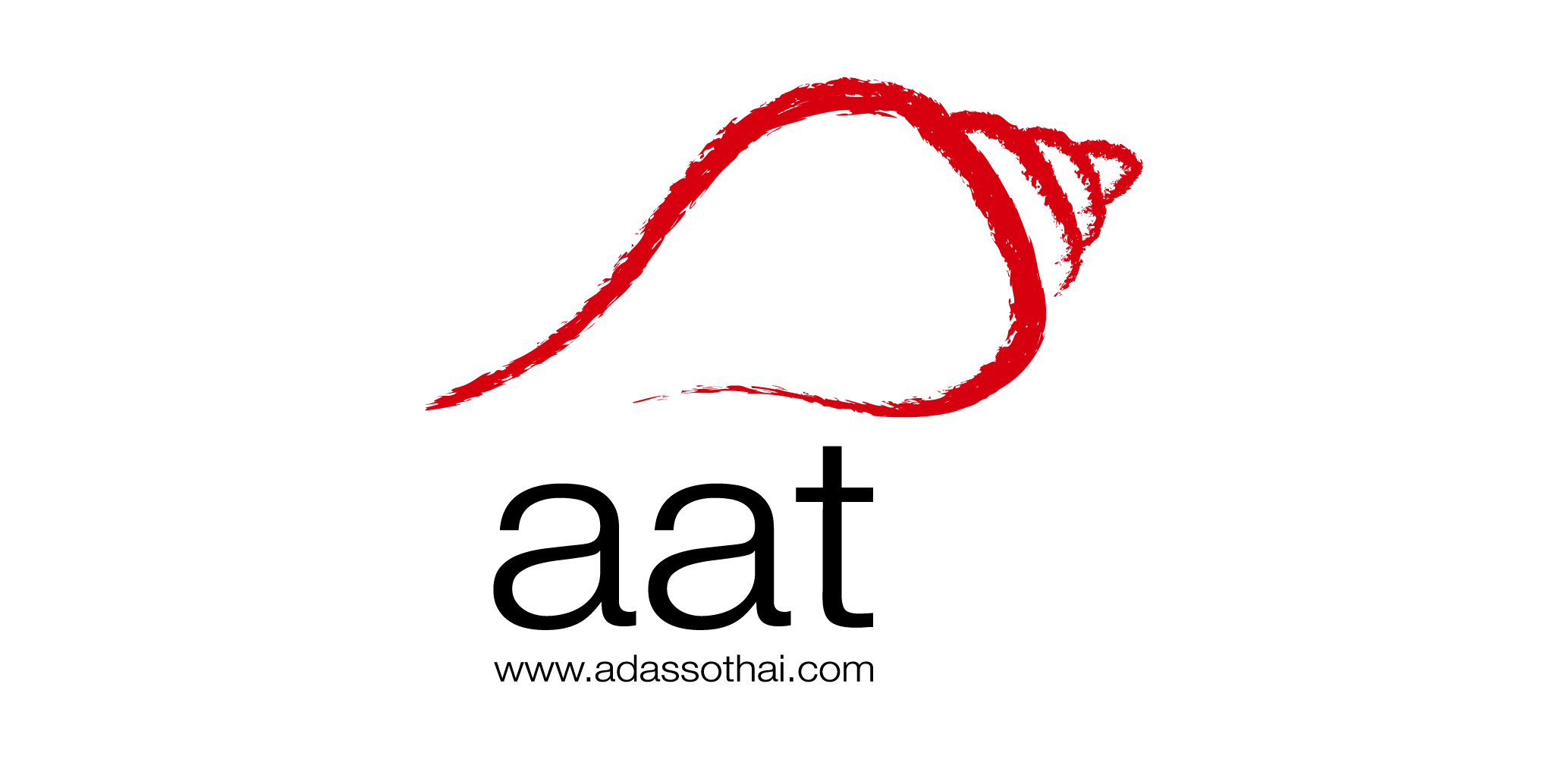
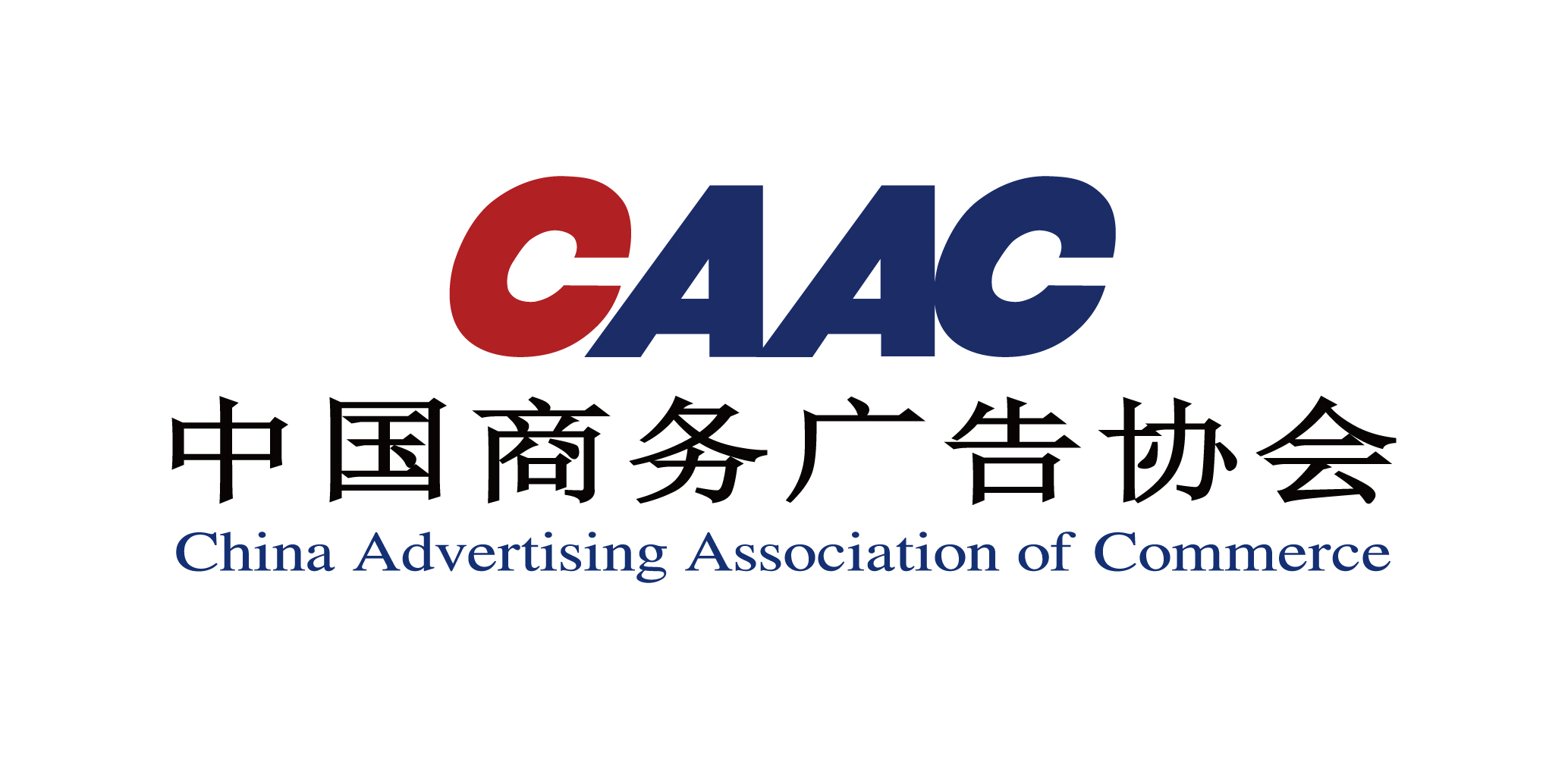

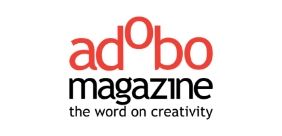

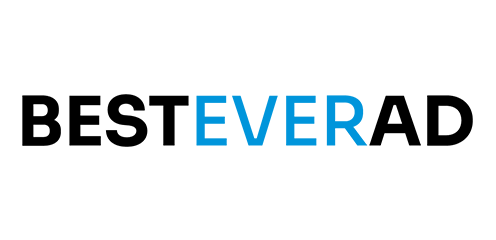




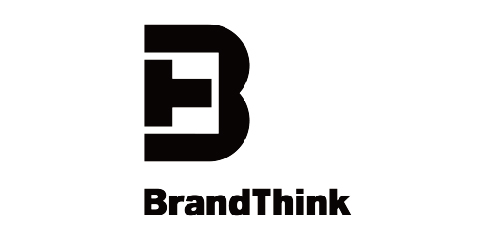

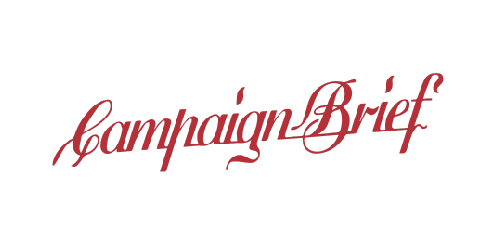

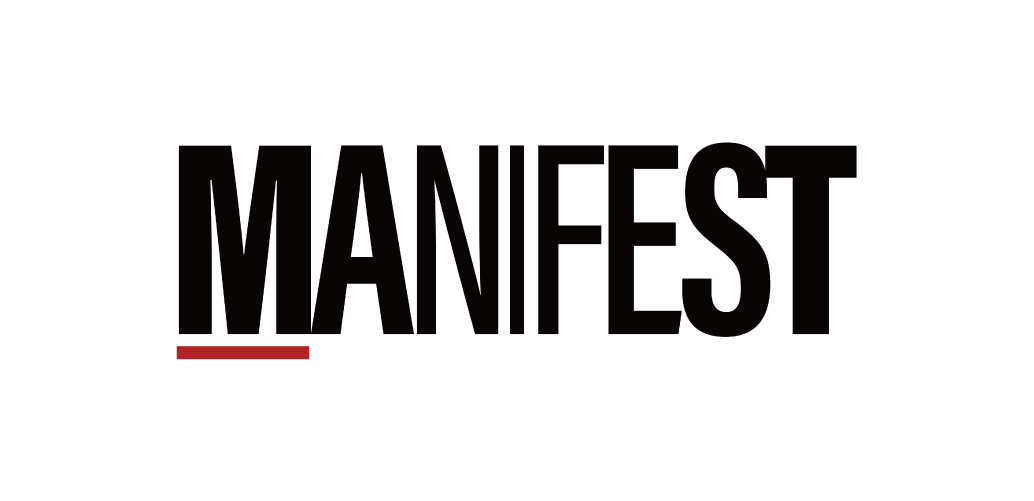
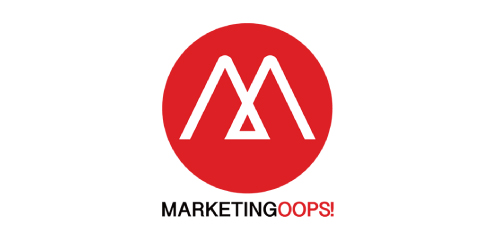

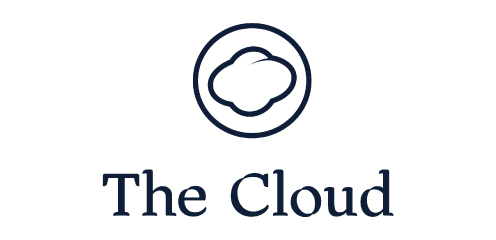


.png)
.png)
.png)
